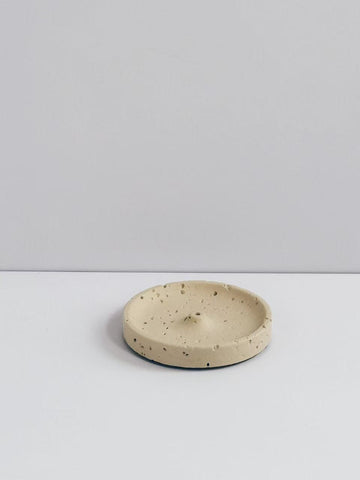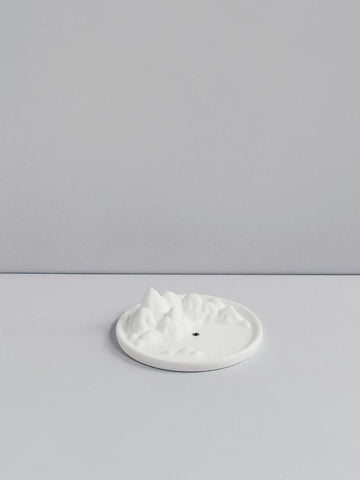Introduction
For millennia, incense has been integral to Chinese culture, spirituality, and daily life. From sacred rituals to meditative practices, incense bridges the earthly and the divine. This guide explores six traditional Chinese incense types—stick incense, coil incense, cone incense, incense seals, incense pellets, and bamboo-core incense—unraveling their histories, uses, and unique characteristics.
1. Incense Sticks (线香)
Overview:
Stick incense, known as xiànxiāng (线香), is one of the most recognizable incense forms. Crafted from natural aromatic powders (e.g., sandalwood, agarwood) and plant-based binders, these slender sticks burn evenly and emit fragrant smoke for extended periods.
Historical Roots:
Emerging during the Song Dynasty (960–1279 CE), stick incense became popular among scholars, nobility, and Buddhist monasteries. Its long burn time earned it names like “immortal incense” (仙香) and “longevity incense” (长寿香). Monasteries even used stick lengths to measure time, dubbing them “incense inches” (香寸).
Uses & Benefits:
- Ambiance Enhancement: Clears stale odors and infuses spaces with calming scents.
- Meditation & Focus: Agarwood and sandalwood aid mindfulness and mental clarity.
- Spiritual Offerings: Used in temples and home altars to honor deities and ancestors.
Pairing Tools:
- Incense Holders (香插): Simple ceramic or metal stands.
- Incense Burners (香炉): Elaborate vessels for ash collection.
Explore incense tools for stick incense here.

2. Bamboo-Core Incense Sticks (竹签香)
Overview:
Bamboo-core incense features a bamboo or wooden stick wrapped in aromatic powder and binder. Its thick smoke makes it ideal for outdoor rituals.
Historical Roots:
Developed for Buddhist temples, bamboo-core incense became synonymous with prayer and ceremonial offerings. Its affordability and robust fragrance ensured its spread beyond monasteries into household worship.
Uses & Benefits:
- Religious Ceremonies: Dominates temple rituals and festivals.
- Outdoor Use: Heavy smoke suits open-air environments.
Pairing Tools:
- Large Burners (香炉): Wide basins to accommodate ash and smoke.

3. Incense Coil (盘香)
Overview:
Coil incense, or pánxiāng (盘香), is formed by spiraling stick incense into concentric rings. This design extends burn time from 1 to 4 hours.
Historical Roots:
Originally used in Buddhist temples for prolonged ceremonies, coil incense later became a household staple for meditation, yoga, and air purification.
Uses & Benefits:
- Extended Rituals: Perfect for meditation sessions or workspace focus.
- Air Purification: Neutralizes odors and repels insects.
Pairing Tools:
- Hanging Burners: Suspended holders for safety and aesthetics.

4. Incense Cone (塔香)
Overview:
Cone incense (tǎxiāng 塔香) is shaped like a pyramid or cone. When lit, its dense smoke creates dramatic effects, such as “flowing” downward in waterfall-inspired setups.
Historical Roots:
Used in Taoist and folk rituals, cone incense symbolizes offerings to heaven. Modern iterations like “reverse-flow incense” add artistic flair to spiritual practices.
Uses & Benefits:
- Ritual Drama: Enhances ceremonies with visual smoke artistry.
- Space Cleansing: Believed to dispel negative energy.
Safety Tips:
- Ensure ventilation to avoid smoke buildup.
- Use fireproof trays.

5. Incense Seals (篆香)
Overview:
Incense seals, or zhuànxiāng (篆香), involve pressing powdered incense into intricate molds (e.g., lotus flowers, auspicious symbols). When lit, the powder burns sequentially, tracing the design.
Historical Roots:
Dating to the Tang Dynasty (618–907 CE), incense seals were status symbols for elites. By the Song Dynasty, artisans offered custom designs to wealthy households. Scholar-astronomer Guo Shoujing even created incense “clocks” (百刻香) that burned over 24 hours.
Uses & Benefits:
- Timekeeping: Burn patterns marked hours in ancient monasteries.
- Meditative Art: Crafting and burning incense seals fosters mindfulness.
Tools Required:
- Molds, incense spoons, ash presses, and specialized burners.

6. Incense Pellets (香丸)
Overview:
Incense pellets (xiāngwán 香丸) are small, fragrant balls made from blended powders, honey, or fruit pulp. They release scent when heated on electric burners.
Historical Roots:
Popularized during the Han Dynasty (202 BCE–220 CE), pellets were early predecessors of modern solid perfumes. Nobility carried them in sachets or heated them during gatherings.
Uses & Benefits:
- Subtle Fragrance: Ideal for intimate spaces like studies or bedrooms.
- Custom Blends: Allows personalization of scent profiles.
Pairing Tools:
- Electric Burners: Low-temperature heating preserves aroma.

Comparing the Six Incense Types
|
Type |
Form |
Burn Time |
Primary Use |
|
Incense Sticks |
Straight stick |
30–60 mins |
Meditation, ambiance |
|
Core Incense |
Bamboo stick |
20–40 mins |
Outdoor rituals |
|
Incense Coil |
Spiral |
1–4 hours |
Extended ceremonies |
|
Incense Cone |
Pyramid |
10–30 mins |
Artistic/ritual displays |
|
Incense Seals |
Powder design |
1–2 hours |
Timekeeping, meditation |
|
Incense Pellet |
Small balls |
2–6 hours |
Personal fragrance |
Cultural Significance and Modern Revival
Incense transcends mere fragrance—it’s a bridge to China’s philosophical and artistic heritage. Today, enthusiasts worldwide revive these traditions, blending ancient methods with modern lifestyles. Whether for mindfulness, home decor, or spiritual practice, each incense type offers unique benefits.
For those seeking authentic tools to explore these traditions, discover handcrafted incense accessories here.
From the meditative art of incense seals to the practicality of stick incense, Chinese incense traditions cater to diverse needs. Understanding their histories and uses enriches both practice and appreciation, ensuring these ancient arts endure for generations.









